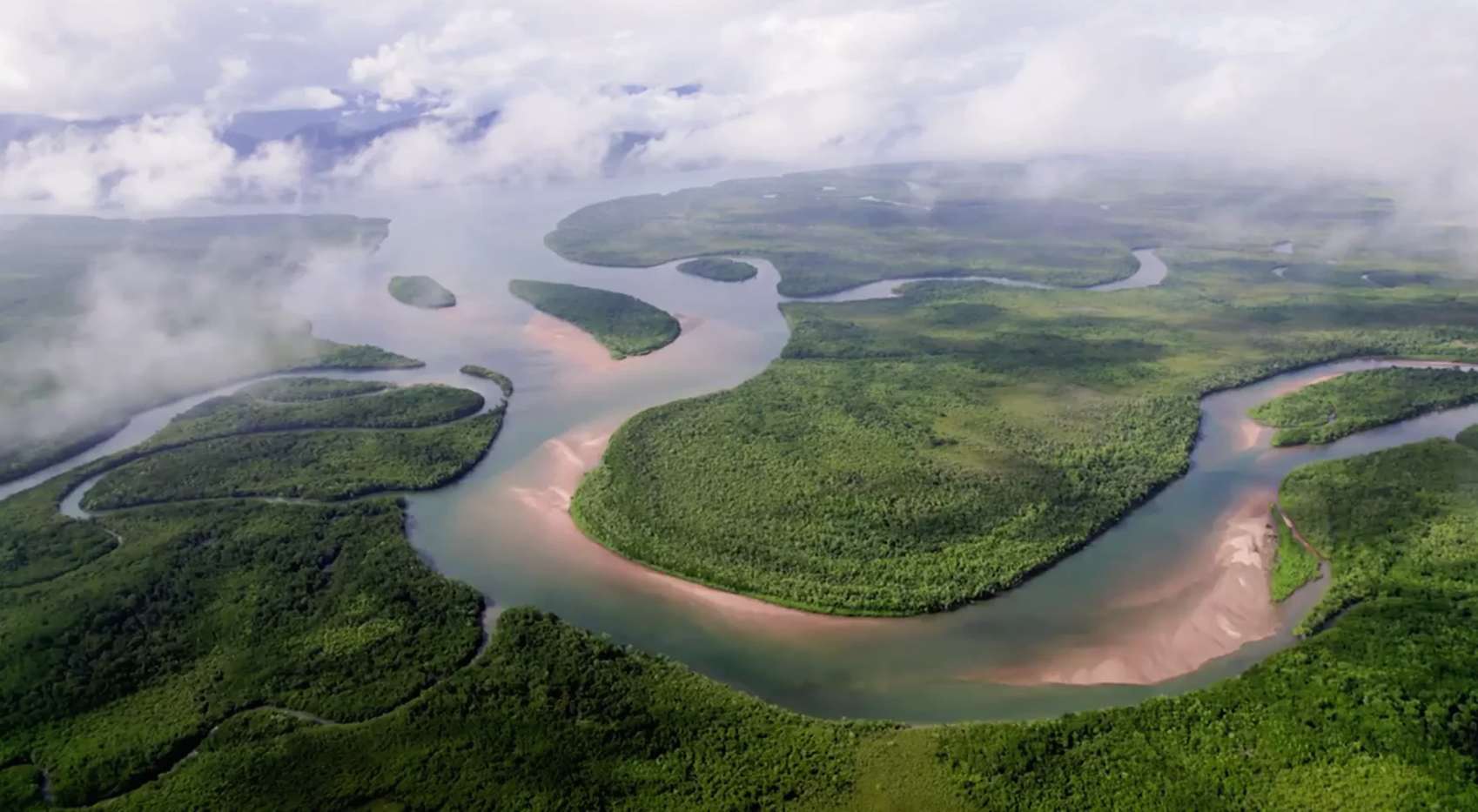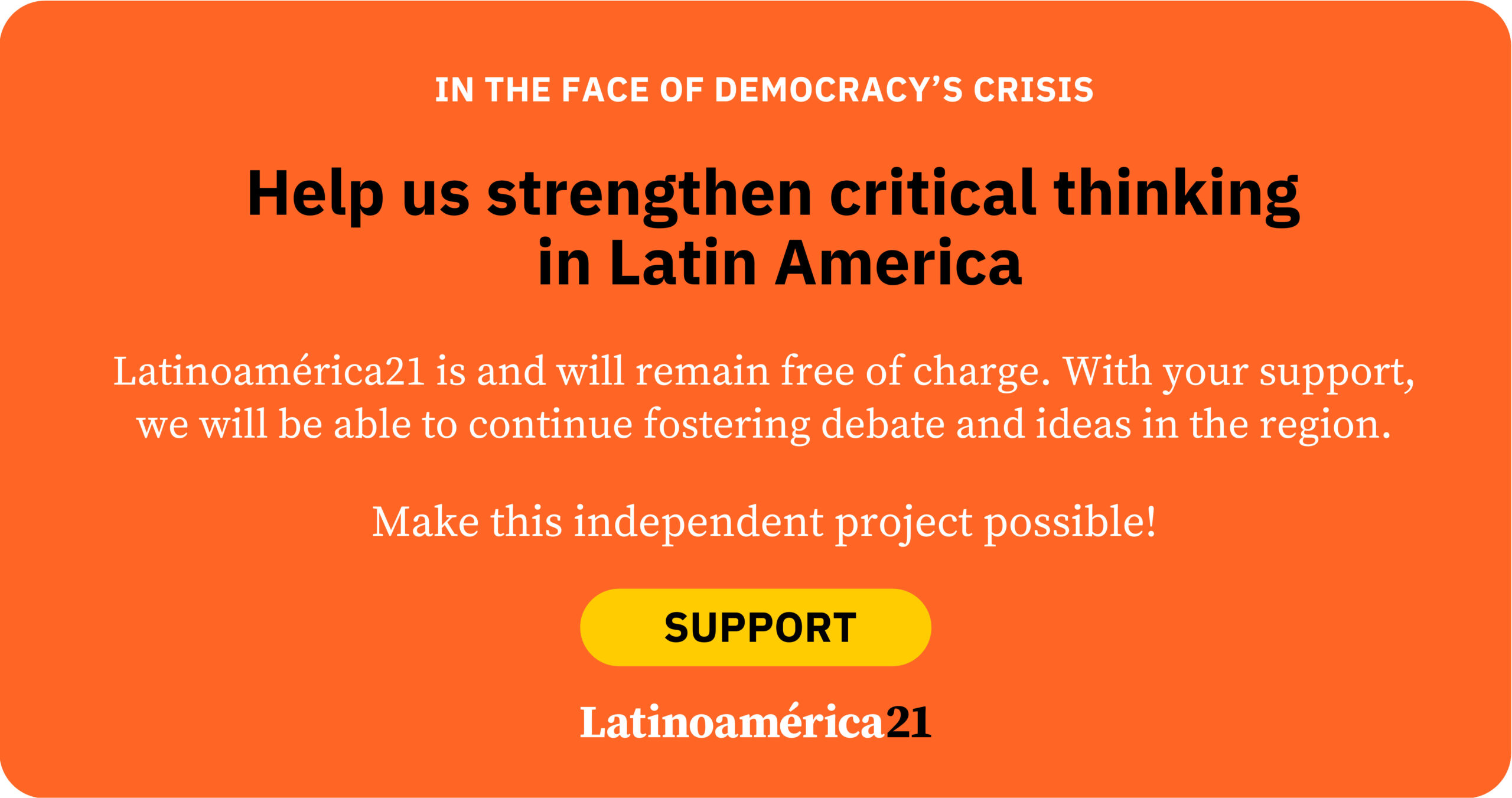The climate crisis has become evident through extreme events in various regions of the planet: prolonged droughts, severe storms and floods, and unprecedented heatwaves. Its effects directly impact people’s lives—especially the poorest and most vulnerable—deepening inequalities and putting pressure on economies. According to the IPCC Report published in 2023, there are already technical solutions available to reduce greenhouse gas emissions; however, their implementation still lacks political coordination, international cooperation, and adequate financing. It is in this context that COP30, held in Belém, assumes historic significance.
In recent decades, international climate debate has consolidated the principle of common but differentiated responsibilities, according to which developed countries should shoulder a larger share of the effort—due to their historical contribution to emissions—while developing countries must also assume their part. Although industrialized nations face major challenges in decarbonizing the industrial and energy sectors, Brazil and its Amazonian neighbors have a different emissions profile, as their main sources stem from land-use change—particularly deforestation and forest degradation.

According to the FAO, Brazil—though responsible for a relatively small share of global emissions—is among the ten largest emitters and holds the world’s greatest reserve of carbon in living forest biomass. Therefore, the existence of the Amazon is crucial for achieving the Paris Agreement goal of limiting global warming to 1.5°/2°C above pre-industrial levels.
However, the Amazon region faces deep challenges and has historically been marked by territorial conflicts, significant economic disputes, and social inequalities. The Brazilian Amazon, for example, has developed large projects in the energy, mining, and agricultural sectors, attracting labor and creating densely populated cities—but with scarce infrastructure and a very low quality of life for the population. In the South American context, the region has become an area of insufficient development policies, with weak regional political and economic coordination; peripheral international economic integration, leaving few legacies for local development; low use of local resources; an unsustainable dominant economic model; high levels of poverty, inequality, and exclusion; low Human Development Index (HDI); weak law enforcement and limited access to justice; and a high rate of violence, which has surged dramatically in recent times.
Despite this context, COP30 represents a milestone in terms of opportunities for sustainable development in the region.
In recent years, under the leadership of the Amazonian countries, efforts have focused on promoting a regional model of sustainable development and a paradigm of productive forestry with social inclusion—valuing biodiversity and generating local income. In terms of financing, mechanisms such as Payments for Environmental Services (PES) and initiatives to finance actions for Reducing Emissions from Deforestation and Forest Degradation (REDD+), developed under the United Nations Framework Convention on Climate Change, stand out. These instruments aim to promote the inclusion of traditional peoples, riverine communities, Indigenous peoples, and small farmers.
In Brazil, the Amazon Fund—based on North-South cooperation, non-reimbursable, and results-oriented—is a concrete example of participatory governance and inclusive development. This fund supports community organizations and initiatives in science, technology, and innovation, as well as monitoring and control actions and territorial planning—efforts that must be continued and expanded.
In August 2025, during the V Summit of Presidents of the ACTO (Amazon Cooperation Treaty Organization), the Amazonian countries, through the Bogotá Declaration, emphasized key action areas, such as: strengthening an economy oriented toward sustainable development in the Amazon, including the bioeconomy, with emphasis on progress in building the Strategy for a Sustainable Economy in the Amazon Region; promoting the Amazon Cities Forum, the Amazon Network of Forest Authorities, and the cooperation mechanism between ACTO and the Association of Amazonian Universities (UNAMAZ); approving the creation of a dialogue space between governments and Indigenous peoples (Amazon Mechanism of Indigenous Peoples, MAPI); advancing the definition and establishment of the ACTO Financial Mechanism; and supporting the launch of the Tropical Forests Forever Fund (TFFF), among other important initiatives.
Regarding financing, in addition to the TFFF, other key initiatives led by Brazil at COP30 aim to establish mechanisms to harmonize and expand climate financing. Some of these include the Baku–Belém Roadmap to achieve US$1.3 trillion in annual climate financing; the recommendations defined in the Circle of Finance Ministers, emphasizing the expansion of international climate funds and low-interest financing; the reform of multilateral development banks and the increase of sustainable credit; the strengthening of national capacities and frameworks for green investment; the creation of innovative financial instruments to mobilize private capital; and the integration of climate risks into financial regulation—promoting harmonized taxonomies and the development of integrated carbon markets.
These are some of the opportunities opening up for Amazonian countries within the framework of COP30, enabling the region to transform its potential into concrete progress toward sustainable development. The goal is to drive a socio-bioeconomy with added value, develop bioproducts, strengthen sustainable production chains, and invest in infrastructure, education, science, technology, and innovation.
In this sense, it is necessary to enhance the capacity for action of the region’s states, in collaboration with civil society, as well as urgently strengthen the performance of the main regional cooperation institution, ACTO, to promote greater coordination among Amazonian countries. Furthermore, it is essential to ensure markets for the region’s sustainable products; promote policies to reduce social and structural inequalities; and expand financing and improve international cooperation mechanisms for development.
The Amazon can become the protagonist of a new global model of well-being—one in which standing forests represent productivity and sustainability, with a high quality of life. The tasks ahead are immense—Amazon-sized—but the opportunities exist, and the time is now.













